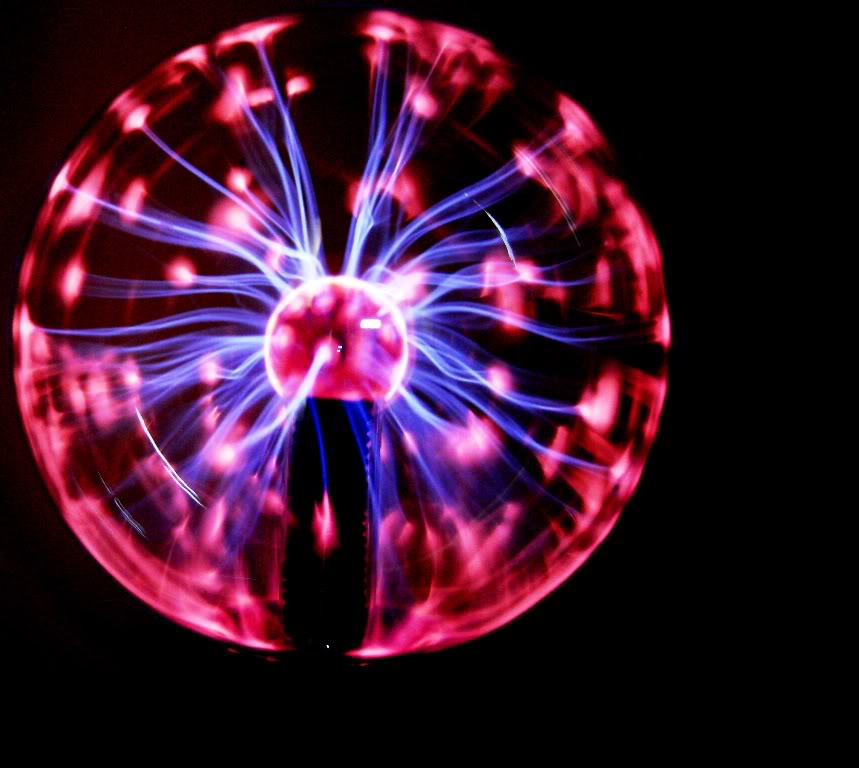Our team experiment is a small scale representation of a wind turbine. The experiment uses Lego pieces from the educational project boxes and a large scale industrial fan. The purpose of the experiment is to demonstrate the principal that wind turbines can be used to generate and store energy in a sustainable way. This experiment displays three concepts:
1) Wind turbines transform the kinetic energy of the wind into electric energy that can be stored and re-used.
2) The rate at which it transforms the wind energy or the power depends on the wind speed.
3) There is a lot of energy loss in the transformation.
What Is A Wind Turbine: Instead of using electricity to make wind, like a fan, wind turbines use wind to make electricity. The wind turns the blades, which spin a shaft, which connects to a generator and makes electricity. The electricity is stored and distributed when and where it is needed. Wind energy is one of the lowest-priced renewable energy technologies available today, costing between 4 and 6 cents per kilowatt-hour, it is entirely clean, and overly abundant.
Advantages of Wind Energy:
- Wind energy is friendly to the surrounding environment, as no fossil fuels are burnt to generate electricity from wind energy.
- Newer technologies are making the extraction of wind energy much more efficient. The wind is free, and we are able to cash in on this free source of energy.
- Wind turbines are a great resource to generate energy in remote locations, such as mountain communities and remote countryside.
Disadvantages of Wind Energy:
- Unreliable. In many areas, the winds strength is too low to support a wind turbine or wind farm.
- Intermittent– not always windy.
- Difficult to store excess electricity.
- The bigger the turbine the more efficient-very windy high up and large blades, more energy captured
- Need to update power grid to transport electricity to from wind turbine to places where it’s not windy
- Wind turbine construction can be very expensive.
- Protests and/or petitions usually confront any proposed wind farm development.
The experiment is conducted as followed:
Experiment:
1) Assemble the Lego Mindstorm Wind Turbine
2) Turn on the industrial fan to LEVEL ONE
3) Place the Lego turbine in front of the fan so the turbine catches the wind and moves the blades
4) At a distance of ONE METER, allow the fan to run for a total of FIVE MINUTES. Record total Joules created and stored in the battery.
5) Repeat at LEVEL TWO and LEVEL THREE fan speeds.
Results:
The group that completed our experiment received the results we expected. At the lowest fan speed, the group charged the battery to 5 Joules, at the second fan speed the group charged the battery to 79 Joules, and at the highest fan speed the group charged the battery to 100 Joules. These results were exactly in-line with the results we received when designing this experiment. Discharging the battery the lowest fan speed put out less than one second of power, the second fan speed put out about 6 seconds of power, and the highest fan speed put out about 15 seconds of power.
By completing this experiemnt, the group discovered that the more wind, the more power created. This is exactly the outcome we wanted from this project. The other group did a great job with proving the concepts presented with this experiemnt.
To make this experiment better, we could have conducted the same experiment at different distances and using different fans. We could have also conducted the experiment in a controlled environment instead of in an uncontrolled classroom.
Completing the other group’s experiemnt, we received the same results as the group who designed it. The soil heated less quickly than the sand because of the moisture. The sand heated up more quickly becuse it is dryer. Essentially the results for both the sand and soil were the same except for subtle differences in temperature.
Overall the experience was a good one and each team completed the experiemnts the way they were designed. This was a useful and educational experience.





















